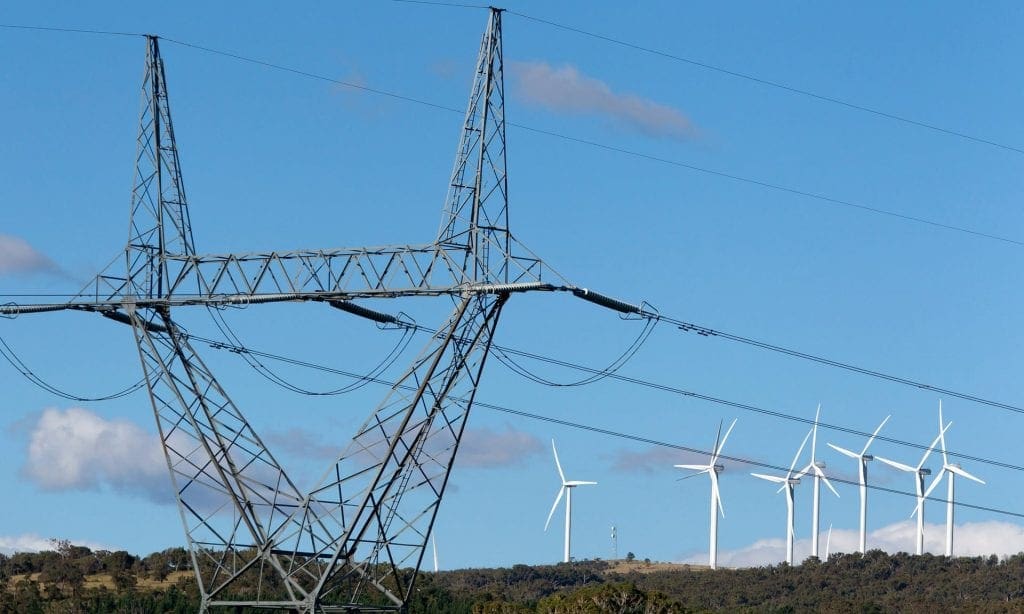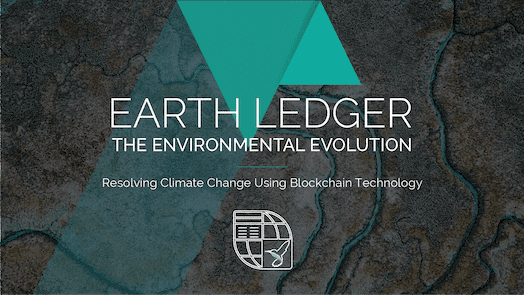
Writing in his new book, Superpower, which builds on his advice to Labor governments in 2008 and 2011 to set out a vision for a low-carbon future, Garnaut says introducing three policies that align with the government’s commitments could “increase the chances of a strong outcome”.
He says embracing low-carbon opportunities could lead to a clean electricity system more than three times the existing capacity that powers a transformed economy, including electric transport and new and expanded industries in minerals smelting.
“I have no doubt that intermittent renewables could meet 100% of Australia’s electricity requirements by the 2030s, with high degrees of security and reliability, and at wholesale prices much lower than experienced in Australia over the past half dozen years,” Garnaut writes.
“More importantly, I now have no doubt that, with well-designed policy support, firm power in globally transformative quantities could be supplied to one or more industrial locations whenever it is required in each state, at globally competitive prices.”
Garnaut’s recommendations include:
- Rewarding private investors who pay for new long-distance, high-voltage transmission lines, boosting the reliability and security.
- Fully adopting a consumer watchdog recommendation that it use the green bank, the Clean Energy Finance Corporation, to underwrite smaller electricity generators to provide “firm” power supply contracts at low price. The government has embraced this in part, but the project shortlist focuses on “peaking” power rather than overall supply, and the process of choosing and underwriting the developments has been opaque.
- Breaking Snowy Hydro in two, so the existing generator and retailer is separate to a new body responsible for reliability. The new corporation – which Garnaut calls the Snowy Hydro Guarantee, or Sneg – would be required to ensure constant capacity to balance supply and demand across the grid. It would use the cheapest firm generation, whether from the planned “Snowy 2.0” expansion or other pumped hydro developments, batteries or demand management. Prices would have to remain below a maximum level set by the Coag energy council.
Now a professorial fellow at the University of Melbourne and the chair of the advisory board to the Australian-German Energy Transition Hub, Garnaut set out the three steps in lectures before the election, conscious they were consistent with the policies of both major parties.
He said an emissions trading scheme, as he previously recommended and what the mislabelled “carbon tax” would have become had it not been repealed, remained an economically and environmentally superior option but he recognised it was not feasible now or in the foreseeable future.
“There’s no need to do any more than those things in the electricity sector this electoral term,” he said. “Once everyone sees that we’re on a path to more secure, reliable, lower cost power that is giving a new future to Australian industry it will introduce some momentum.”
Superpower builds on the knowledge, yet to take hold in some political and media discussions, that Australia implicitly signed up to a goal of net zero global greenhouse gas emissions by 2050 when it joined the 2015 Paris agreement.
More than 60 countries have set targets of net zero emissions by 2050. Australia has a 2030 target of a 26-28% cut below 2005 levels but, like China and the US, has not set a longer-term target. Australia’s emissions have increased each year since 2015.
Angus Taylor, the emissions reduction minister, has appointed a panel headed by Grant King, the outgoing president of the Business Council of Australia, to make quick suggestions on ways to improve the emissions reduction fund, the government’s main climate policy.
Garnaut found that, even more than when his first review was published in 2008, Australia had more to lose from escalating emissions than other wealthy nations and more to gain from acting. If Australia rose to the climate challenge it would emerge as a “global superpower in energy, low carbon industry and absorption of carbon in the landscape”.
He said the cost of cutting emissions had fallen “far below” what modelling suggested 11 years ago. “No other developed country has a comparable opportunity for large-scale, firm, zero-emissions power, supplied at low cost,” he said.
In 2008, he found the world moving to tackle rising emissions would hurt the competitiveness of Australian industries in the short term. But the dramatic decline in the cost of renewable energy had brought forward by a decade the time when cheap wind and solar power could provide the country with an advantage in energy-intensive manufacturing.
Along with the expected development of green hydrogen, it could help make Australia a natural home for expanded industries in aluminium, steel, silicon and ammonia. He said this would benefit regional centres in every state, including the Pilbara in Western Australia, the Upper Spencer Gulf in South Australia, Portland and the Latrobe Valley in Victoria, Newcastle in NSW, Townsville, Gladstone and Mackay in Queensland and parts of Tasmania.
Garnaut found Australia has also barely begun to explore the extent to which it could build an industry out of capturing carbon in soils, woodlands and forests. Superpower suggests up to 1bn tonnes a year could be captured, nearly twice Australia’s annual emissions.
“It is of national economic consequence that we undertake the research to define the scale of and the means of unlocking the opportunity,” he said.
He said tapping that value would require creating a market. Initially, that could involve offsetting fugitive emissions, particularly from new liquefied natural gas production, which are the main reason national pollution has increased.
In the longer term, credits would need to be sold on the European market (where the carbon price is currently equivalent to about A$40) and other international markets as they emerged.
Source: Environment








